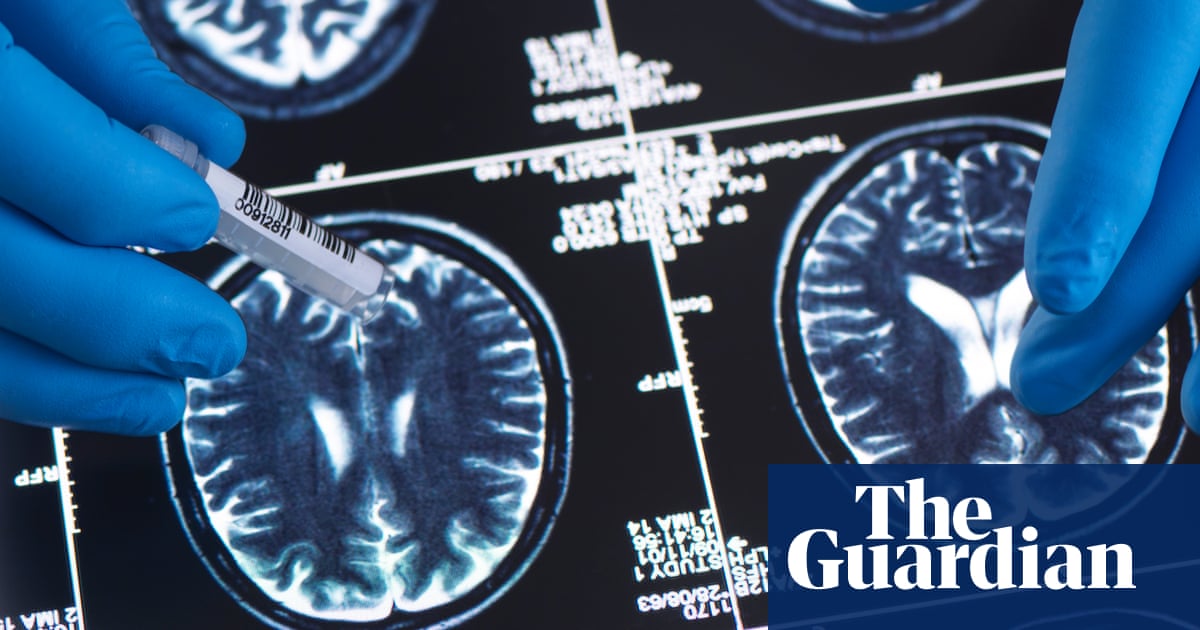A new method for diagnosing brain tumours could cut the time patients wait for treatments by weeks to hours and raise the possibility of novel types of therapy, researchers have said.
According to the Brain Tumour Charity, about740,000 people around the worldare diagnosed with a brain tumour each year, around half of which are non-cancerous. Once a brain tumour is found, a sample is taken during surgery and cells are immediately studied under a microscope by pathologists, who can often identify the type of tumour. However, genetic testing helps to make or confirm the diagnosis.
“Almost all of the samples will go for further testing anyway. But for some of them it will be absolutely crucial, because you won’t know what you’re looking at,” said Prof Matthew Loose, a co-author of the research from the University of Nottingham.
Loose noted that in the UK there could be a lag of eight weeks or longer between surgery and the full results of genetic tests, delaying the confirmation of a diagnosis and hence treatment such as chemotherapy.
Writing in the journalNeuro-Oncology, Loose and colleagues report how they harnessed what is known as nanopore technology to cut this timeframe.
The approach is based on devices that contain membranes featuring hundreds to thousands of tiny pores, each of which has an electric current passing through it. When DNA approaches a pore it is “unzipped” into single strands; as a strand passes through the pore it disrupts the electric current.
Crucially, the different building blocks of DNA – and modifications to them – disrupt the current in characteristic ways, allowing the DNA to be “read”, or sequenced. These sequences are then compared against those relating to different types of brain tumours, using a software program built by the team.
Loose said the process costs about £400 per sample – on a par with current genetic testing.
The researchers first trialled the approach on 30 samples that had previously been extracted from patients, before using it on 50 samples at the time they were removed.
They said 24 (80%) and 45 (90%) of these samples respectively were fully and correctly classified by the new approach after 24 hours, a success rate on a par with traditional genetic testing methods.
However, 38 (76%) of the 50 samples that were prospectively collected were confidently classified within one hour, meaning the time from sample removal to surgeons having the results could be as little as two hours.
Sign up toHeadlines UK
Get the day’s headlines and highlights emailed direct to you every morning
after newsletter promotion
While Loose said the main goal was to make sure the information is available when the patient is next discussed by their medical team, typically in the same week, he said the rapid results could also reveal whether more aggressive surgery is needed while the patient is already in theatre, or if surgery is likely to offer little benefit.
And there are other possibilities. “If you could identify, as we think we might be able to, the specific tumour type fast enough, and drugs were available that could be administered during surgery directly to the tumour area, then you have opened up a whole new class of potential treatment options,” he said.
In addition, he said, rapid diagnoses could help ensure patients are recruited into relevant clinical trials for new treatments as quickly as possible.
Dr Matt Williams, a consultant oncologist at Imperial College healthcare NHS trust, who was not involved in the work, said while faster diagnoses were welcome and reduced the period of uncertainty for patients, the main question was how the new technology could be used to change care.
“At the moment [intra-operative treatments] don’t really exist, although several groups are working on it ,” he said. “But if [we] want to unlock these approaches, we need to be able to make those diagnoses in the operating theatre to then be able to deploy these treatments.”
